SEARCH






|
|
|
|


by Editor Miro Susta
Published in June 2020
Fog is one of the photographer’s best friends because it can turn a perfectly ordinary scene into lovely shot.
But where is photography in fog possible?
This question cannot be answered exactly, because fog can appear at any place, but it can also be avoided. The only difference is the probability that we could encounter fog.
Some useful tips in this photo article will help how to get fascinating photos of different types of fog.
Camera settings for fog photos
When photographing fog, one proceeds according to the rules of landscape photography using the aperture to control the depth of field.
Aperture 8 is a particularly good option in landscape photography, since lenses provide the best resolution in this area.
It is recommendable to leave the ISO sensitivity at the lowest level. This usually results in the maximum image quality with every shot.
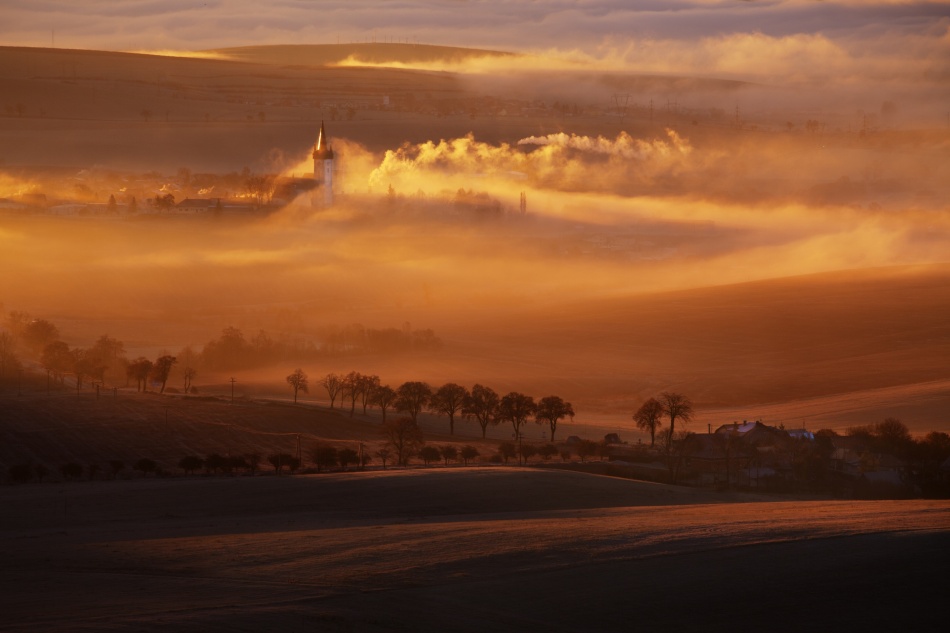
'Awakening' by Peter Svoboda MQEP
The exposure time is used to control the exposure in the photo and to take a balanced bright photo. It must always be adjusted to the current light situation.
Long exposure times produce foggy images, short times capture the contours. Long exposure of the fog in combination with special camera filter produces excellent result.
For example, use of grey filter allows making a long-time exposure of several seconds, because it "swallows" the daylight and less light reaches the image sensor, resulting in a long exposure time photo without overexposing. With the long exposure time the contours of the fog become completely blurred producing a soft, gentle cloud cover.
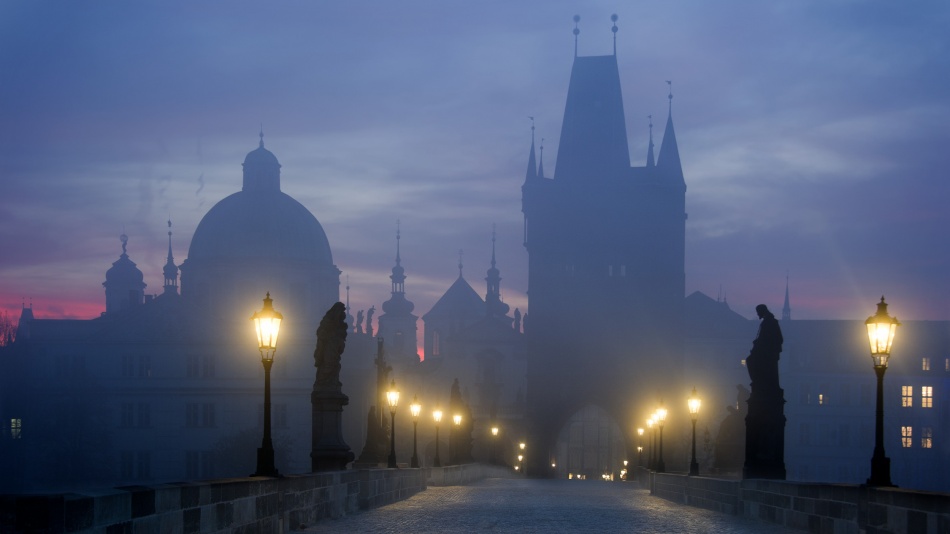
'Prague is awakening' by Marcel Rebro
Fog photos should be taken without autofocus. It often goes crazy here and will only produce a few good results. The white balance should be adjusted right at the beginning to match the picture mood. Little warmer for shooting at sunrise or sunset, or cooler one for a spooky photo at night.
About the Fog
Particularly important factor for the formation of fog is the cooling air. Therefore, especially in the winter months, the evening hours, when the sun disappears on the horizon and the air slowly cools down, or the morning hours, when the sun rises again on the horizon and heats up the air above the still cold ground or water, are particularly suitable.
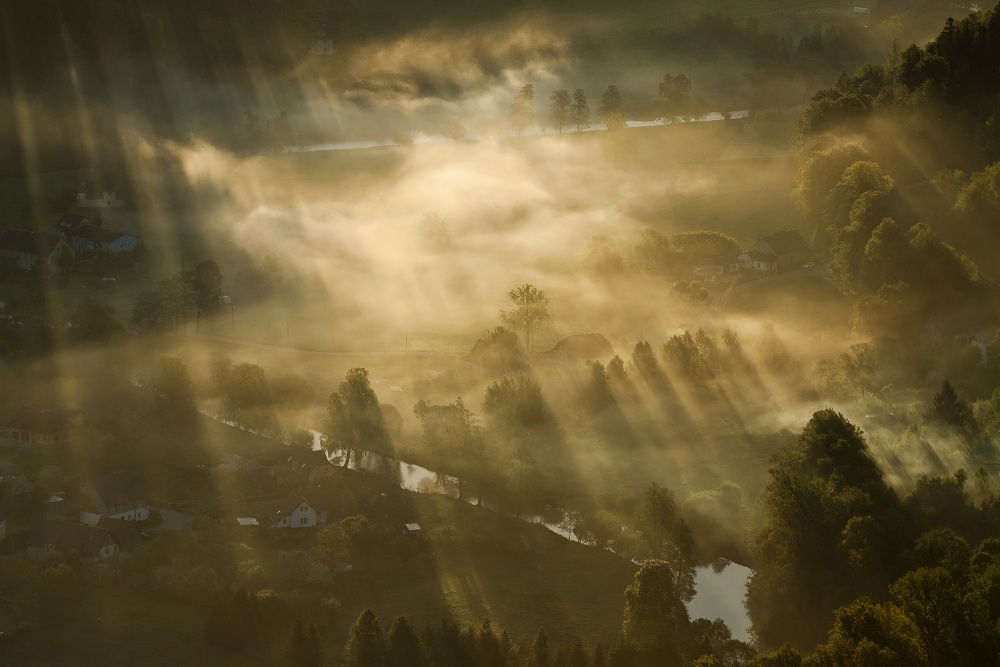
'Mist, Light And Silence' by Izabela Laszewska-Mitrega/Dai
Especially at sunrise and sunset often desired side effect can be obtained, the fog may turn golden yellow. However, during evening the probability of encountering fog during sunset is lower, since the air often only cools down after the sun has already disappeared, so the fog only becomes visible when it has become almost completely dark.
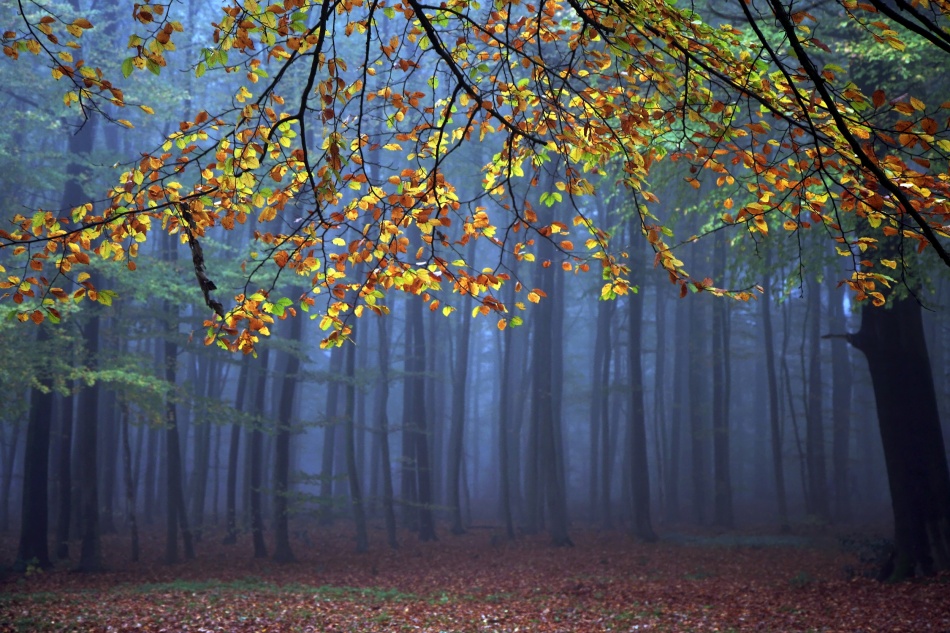
'Seconds Before the Light went Out' by Roeselien Raimond
In the morning, however, the fog from the night is often still hanging over the ground and there is sufficient time between the beginning of sunrise and the disappearance for taking take nice pictures.
The most successful way is to search for fog at waters. The humidity is particularly high around and above the water. And since fog is nothing more than cooling air saturated with water vapour, at least half of the conditions are given.
At the level of the fog the view is effective, but shots from above may be even more breath-taking. Decisive criteria are the density of the fog and the position of the sun.
When photographing in fog at the high point with perfect view it is recommendable to take a telephoto lens which brings out many nice details
And as soon as the density of the fog decreases and the sun slowly emerges, it is quite easy to catch the first sunrays that penetrate the fog.
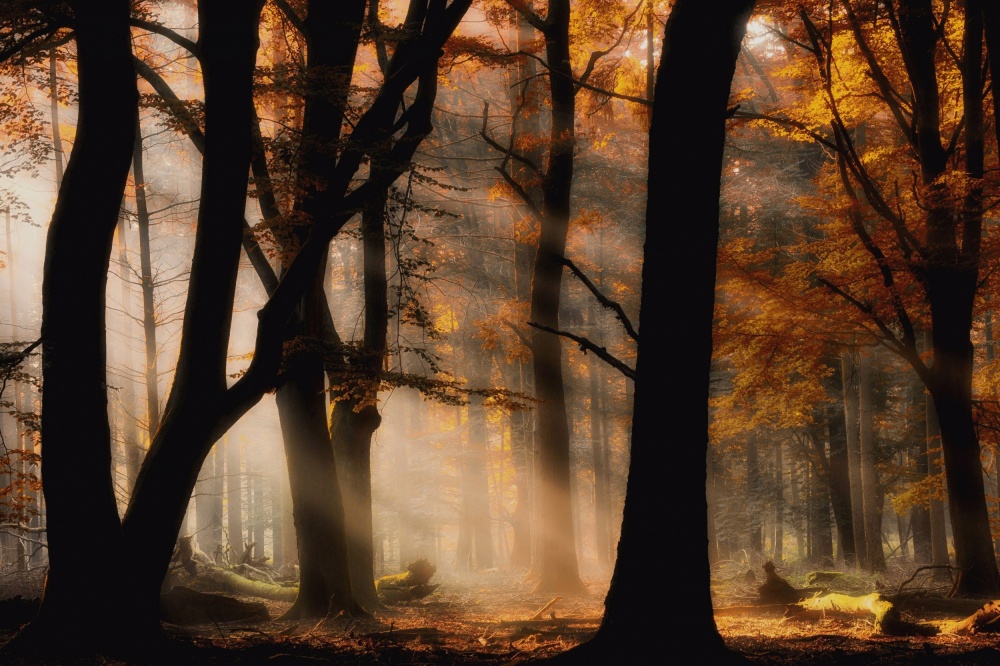
'Autumn light' by Jan Paul Kraaij
The shimmer that penetrates the fog is also excellent for taking pictures. This dramatically changes the scene.
To photograph fog, one should distinguish between the following basic types of fog, the haze, veils of fog, ground fog and high fog.
Haze and Veils of Fog
Haze and veils of fog are the smallest form of fog. They form on local damp meadows and around water bodies. They lie as a fine layer, usually only a few metres high, above the ground.
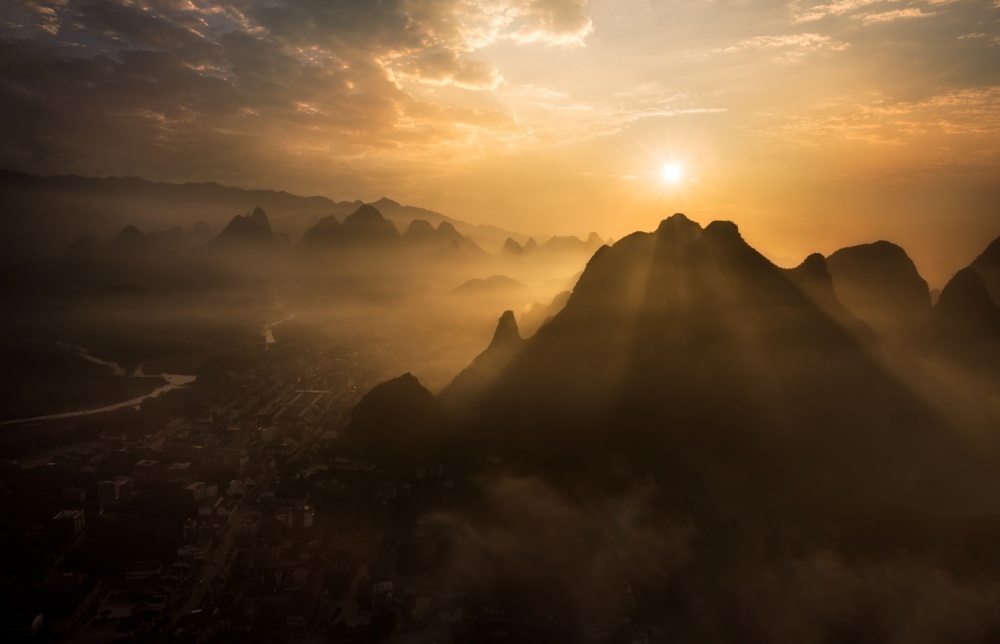
'Misty Sunrise' by Nadav Jonas
This type of fog is best photographed by walking into the fog. In the middle of it fascinating fog motifs can be find. Combination with surroundings landscape excellent fog photos may be captured.
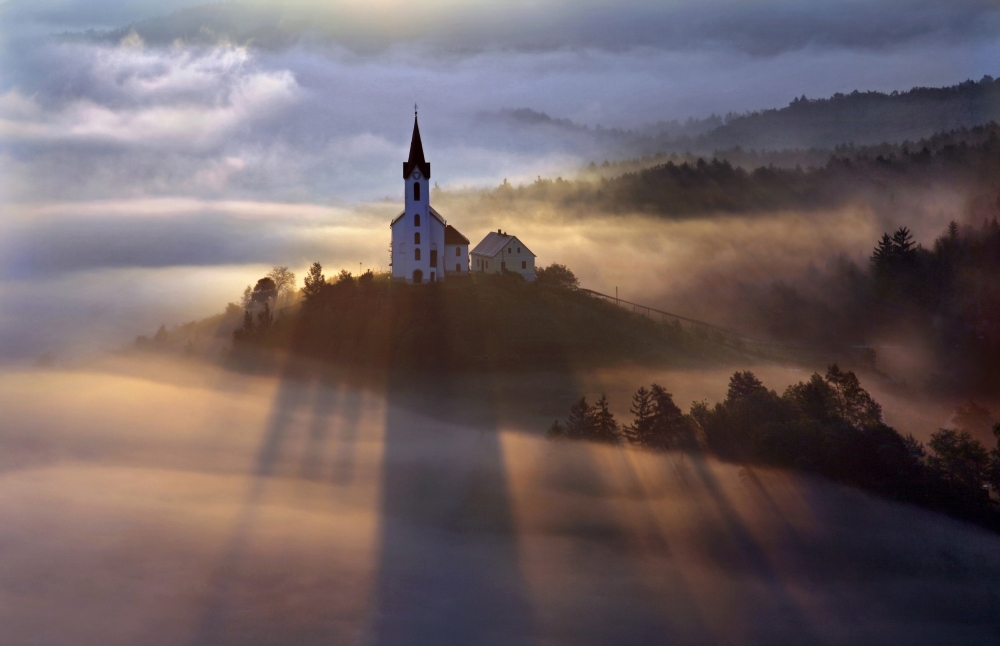
'Waiting for the miracle' by Matjaz Cater
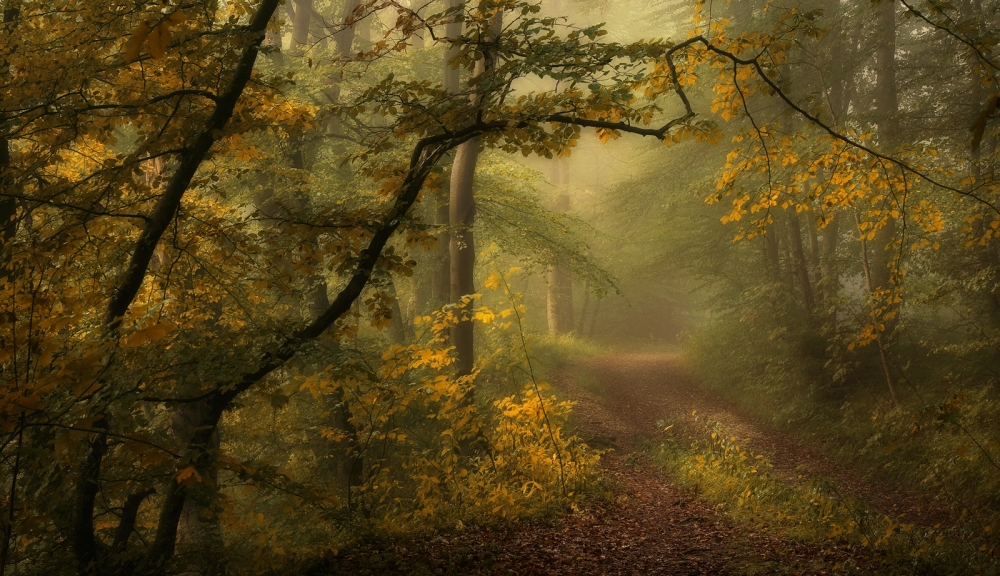
'a sorrow beyond dreams/color' by Norbert Maier
Ground Fog
The second type of fog is the dense ground fog, which occurs most frequently in the winter months. It is especially good to photograph in a winter landscape.
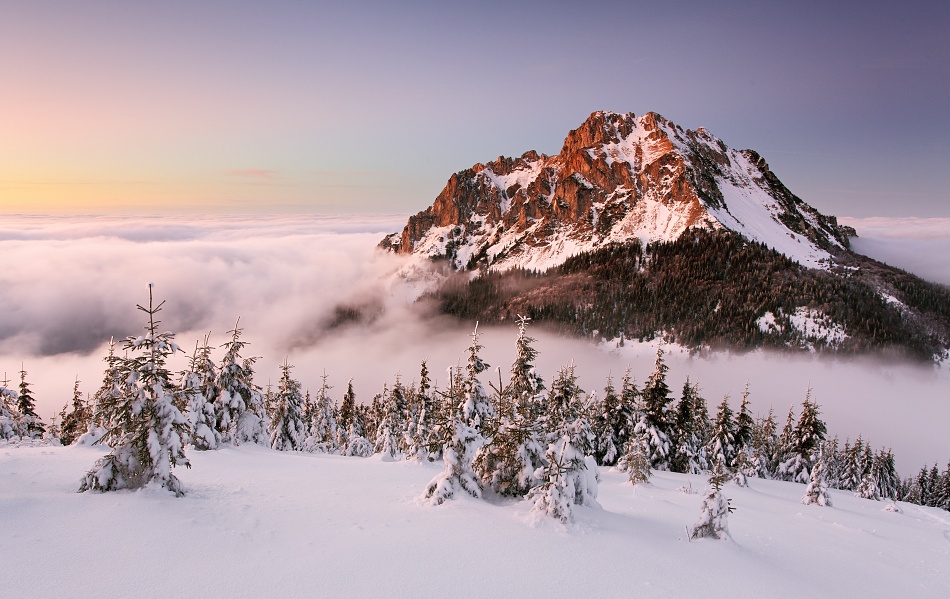
'Rozsutec peak by Tomas Sereda
The best way to photograph dense ground fog is to find an elevated location on a hill or mountain. Especially exciting photos with interesting nuances in colour can be created at sunrise.
Of course, there are also forests where the ground is very humid. If the wetness evaporates from it, a wonderful mist will settle on the forest floor and create a very mystical effect.

'Ballet Dancer' by Leszek Paradowski
Depending on the time of day and exposure, however, this can also have a very impressive and friendly effect. This is caused for example by a rising sun, which colours the fog golden yellow.
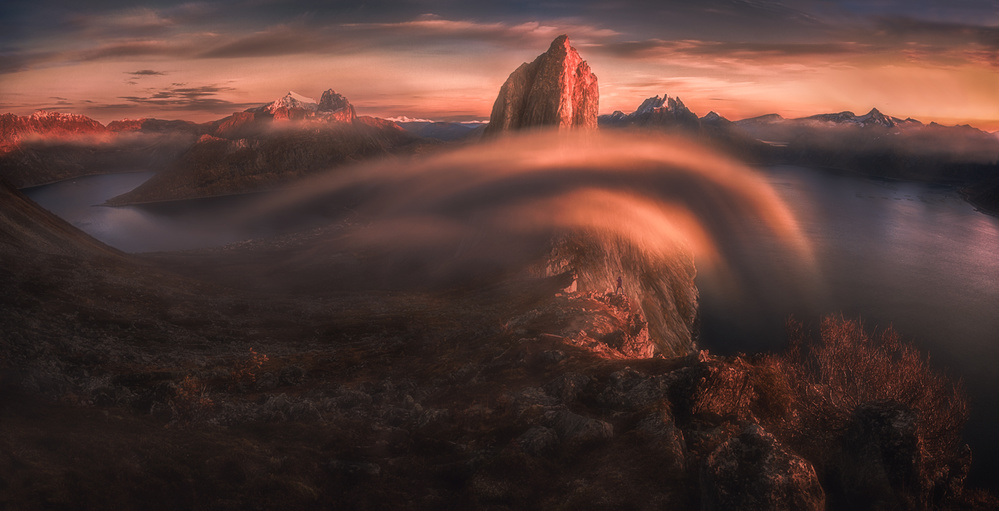
'Crawling over the sharp ridge' by Peter Svoboda MQEP
However, the dense ground fog occurs supra-regionally. This means that fog can also occur in cities during the dark season, so many interesting winter fog pictures can be captured within cities.
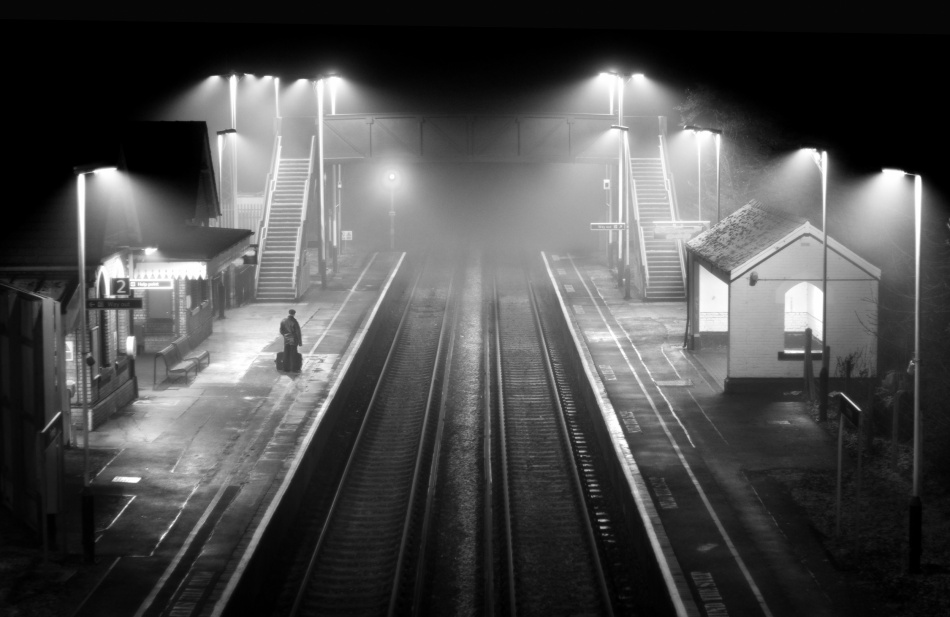
'The Journey' by Peter Davidson
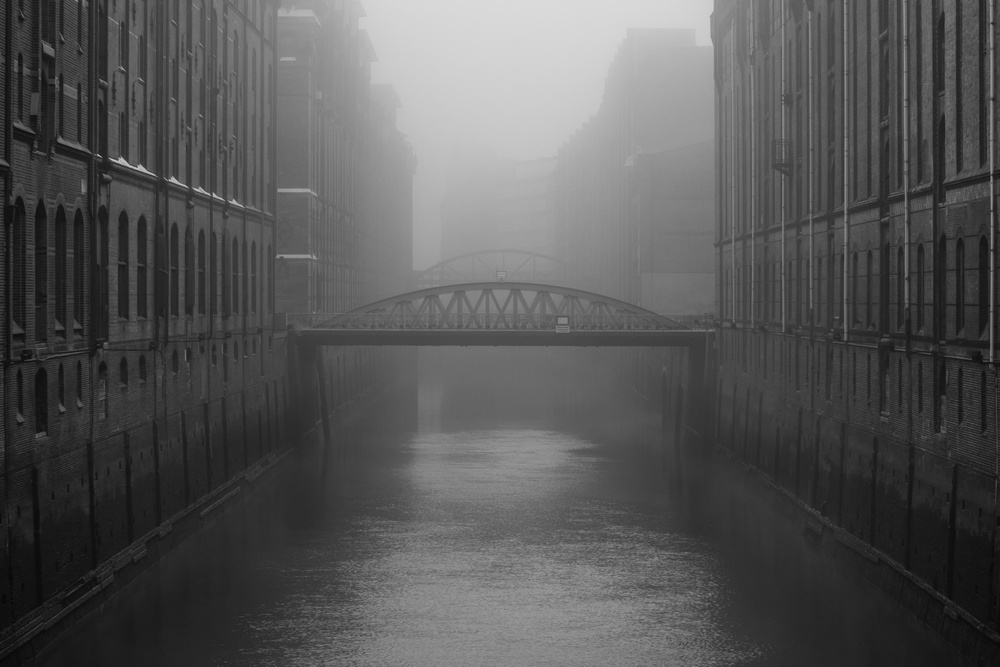
'Kehrwiederfleet' by Alexander Schönberg
High Fog
The high fog does not rest on the ground. That means the fog has a top side and a bottom side. From below you can see the low stratus as a cloud cover with little detail.
However, if the camera is in a raised position for the photography of high fog, pictures can be taken in good light, because above the high fog the sun usually shines. At sunrise or sunset usually a wonderful light mood images are captured.
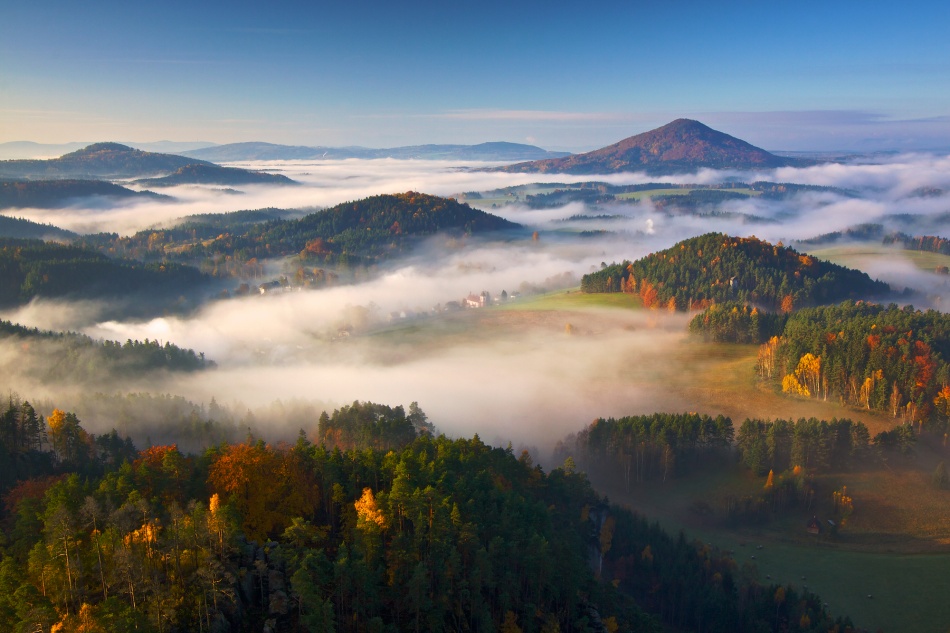
'Autumn Fairytale' by Martin Rak
The remarkably high position of the photographer and the very wide view despite the fog convey great awe to the viewer. Therefore, one must pay attention that the fog is not too dense and that it is best to hang only between the mountains.
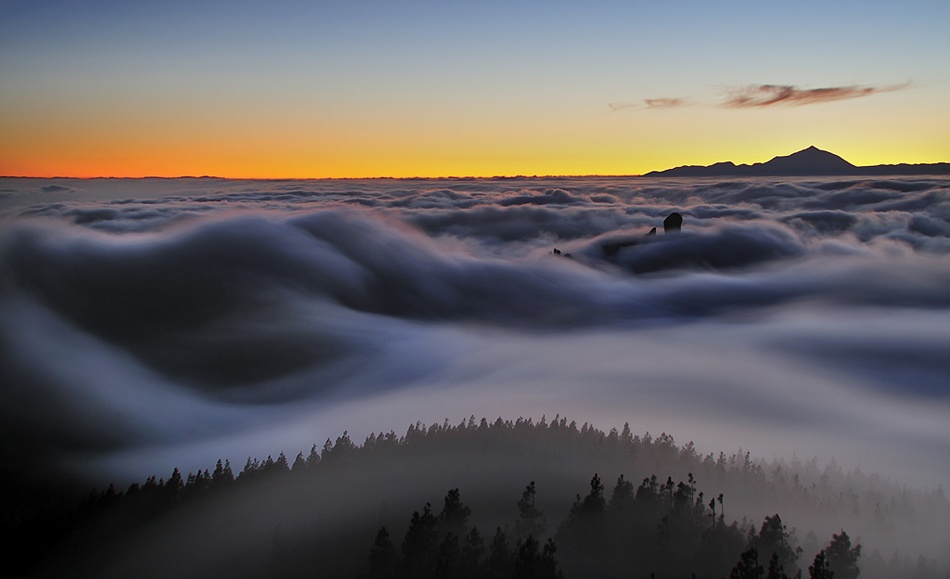 'Ocean of clouds' by Daniel Montero
'Ocean of clouds' by Daniel Montero
Fog Pictures in Black and White
Black and white photos can be shoot directly in black and white mode with most cameras. However, it is recommendable to take picture in colour and to decide later to emphasize the contrasts of the motif more strongly using image editing in black and white, this allows more flexibility.
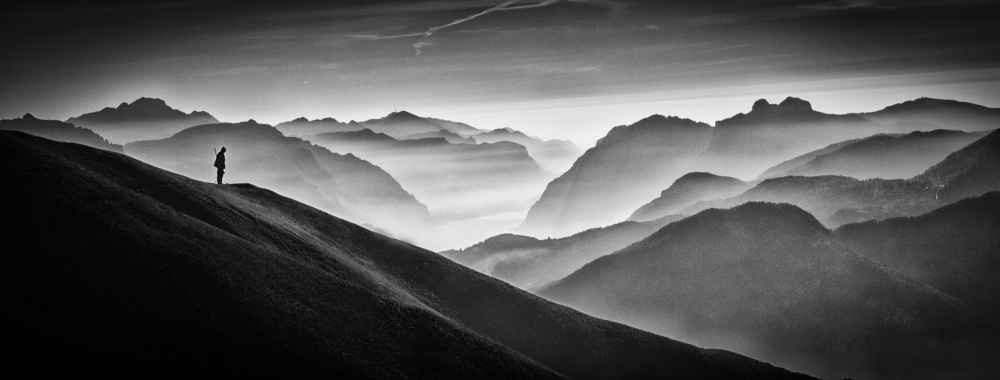
'Hunter in the fog BW' by Vito Guarino
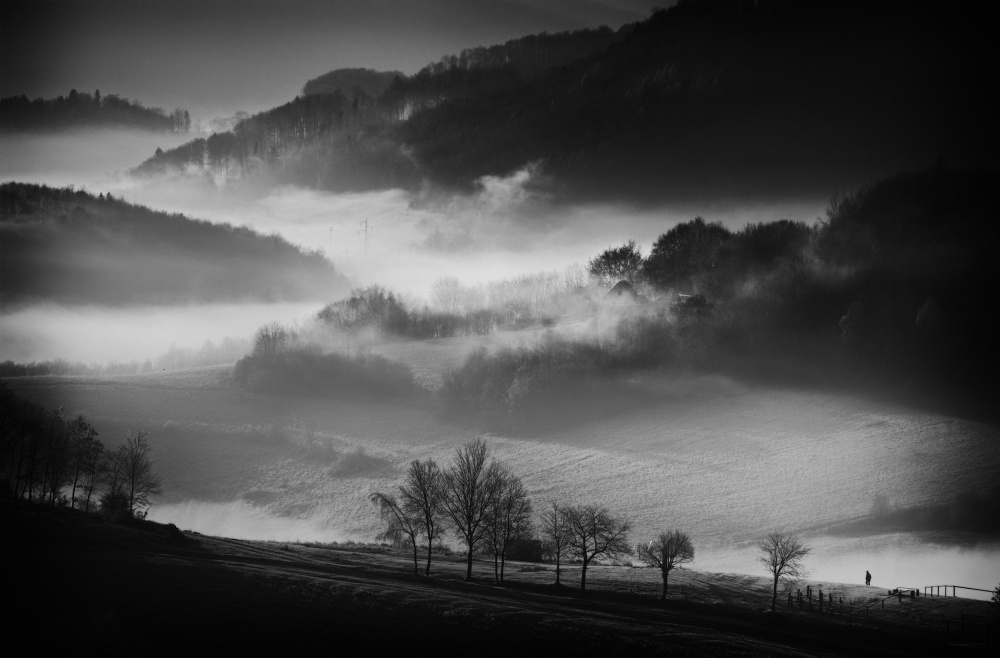
'Morning walk' by Peter Svoboda MQEP
Final words for all readers of this photo article.
Successful photography in fog requires a lot of time and patience. Not every shot is successful and you will often go to places to take fog photograph and then only later find out that there is no fog visible at all.
But do not let this discourage you and keep trying. Because at some point you will have developed a feeling for the right time and the right settings and then you will succeed.
Because the light conditions are so difficult, you should shoot the same subject with different settings, especially at the beginning, so that you can sort out the fog later and get the perfect settings.
So, if you see fog somewhere, then you should take your camera and go and take some great pictures.
Finally, I would like to thank all who kindly contributed with beautiful photos. Many thanks for that!
www.mrsphoto.net
[email protected]
 | Write |
 | Matjaz Cater Many thanks, much appreciated! |
 | Alexander Schönberg Many thanks Yvette and MIro for choosing my work in this wonderful selection! Best regards Alex |
 | Miro Susta CREW You are most welcome Alexander |
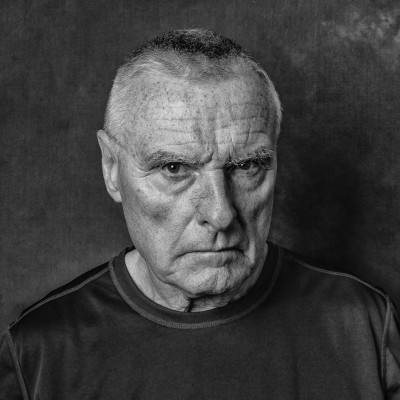 | Daniel Springgay CREW Congratulations Miro and Yvette - great to see you both found your way out of all that fog and mist. Wonderful set of fine quality images so well put together - Well done. |
 | Yvette Depaepe CREW Thank you, dear Daniel! |
 | Miro Susta CREW Many thanks for your nice words Daniel |
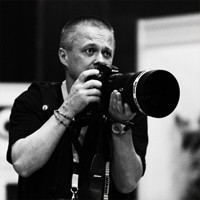 | Marcel Rebro PRO Dears Yvette and Miro thank you very much for inspiring article. It is great honour for me to be published in company so beautiful photos. Thank you again!
Marcel |
 | Yvette Depaepe CREW Thanks for your appreciation, dear Marcel ! |
 | Miro Susta CREW Hello Marcel, many thanks for nice words. |
 | Norbert Maier PRO Dear Yvette, dear Miro. Thank you very much for this excellent article. The chosen pictures are really all very impressive and demonstrate very well, how different fog moods can be. Of course I am very happy that one of my photos was included in your selection. Thank you very much for that.
Take care and stay safe, Norbert. |
 | Miro Susta CREW Dear Norbert many thanks for your appreciation, I was happy to be able to select your beautiful photo for this article. Have a nice Sunday. |
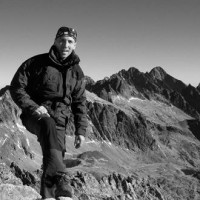 | Peter Svoboda MQEP CREW Dear Yvette and Miro, thank you very much for the great article and for selecting all the beautiful pictures on this magic theme. I think that the fog is both, mystic and challenging especially for landscapes photographers. I think that the silence and magic of the moments spent with a camera are also very important for all who once experienced that. Many thanks for choosing my pictures as well! Take care, Peter |
 | Miro Susta CREW Hallo Peter many thanks for your nice words and for your appreciation. Stay safe and healthy. |
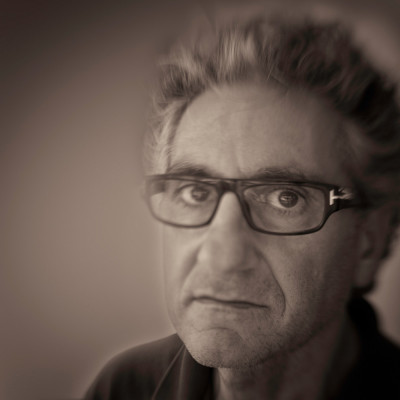 | Vito Guarino PRO Dears Yvette and Miro, thank you so much for this fine article. I'm very honored that one of my photo is presented in it. Congrats to all photographers. Best regards |
 | Miro Susta CREW Dear Vito many thanks for your appreciation. Your photos are always most welcome. |